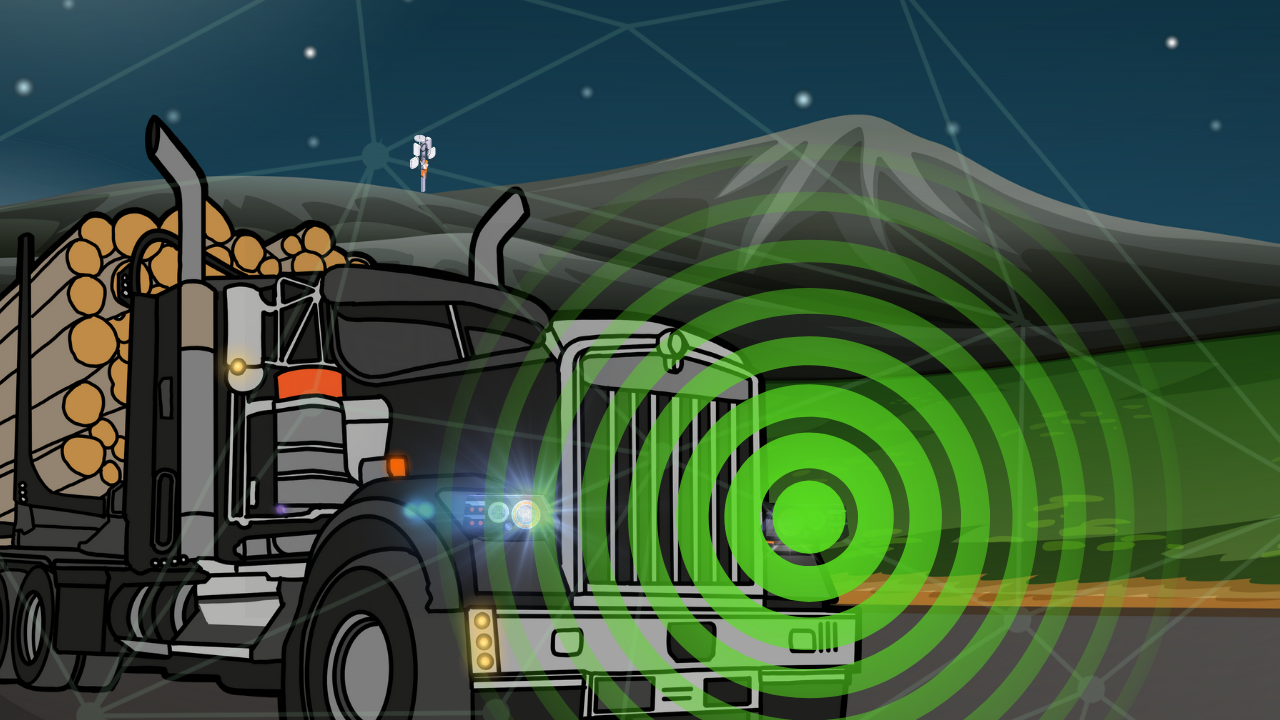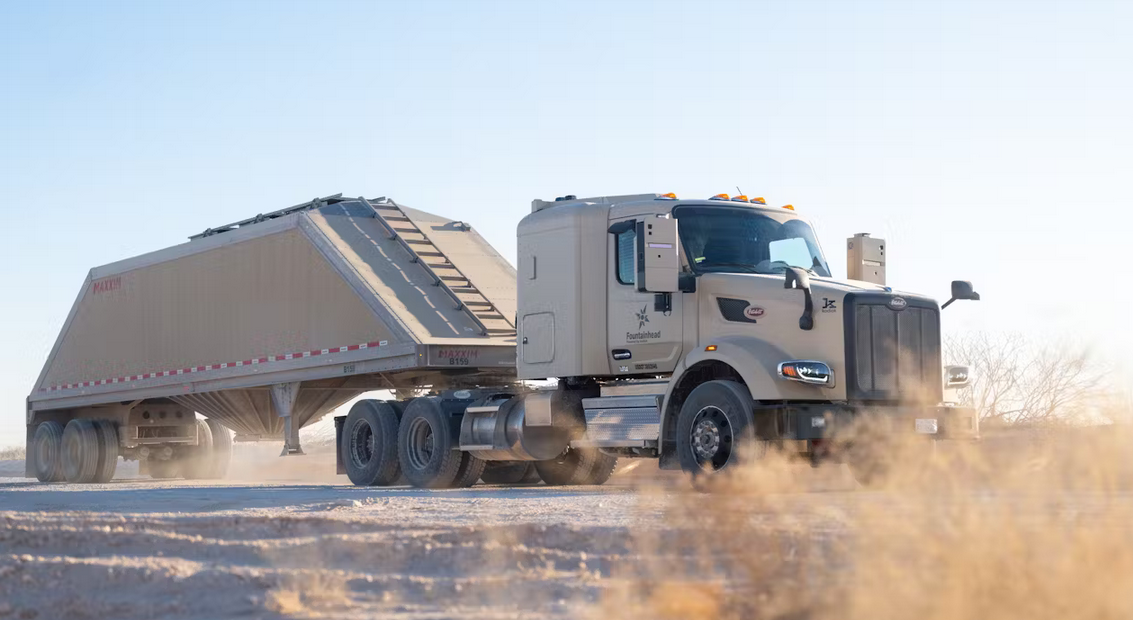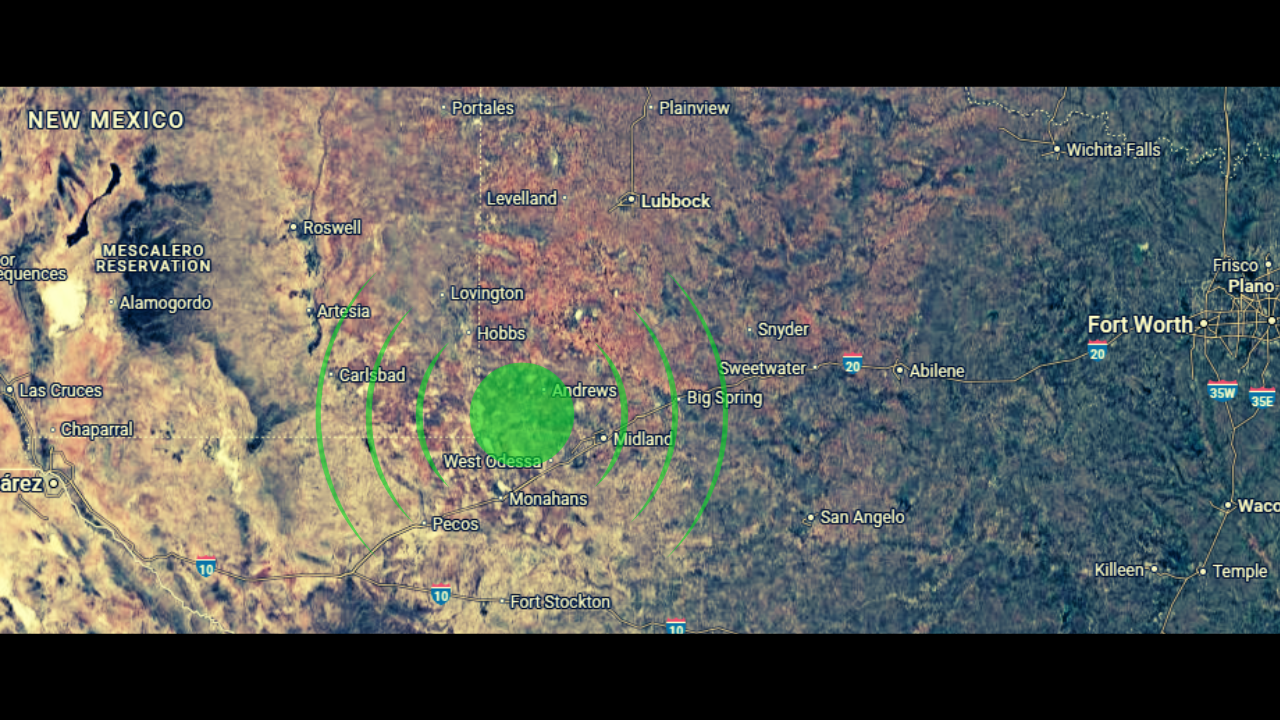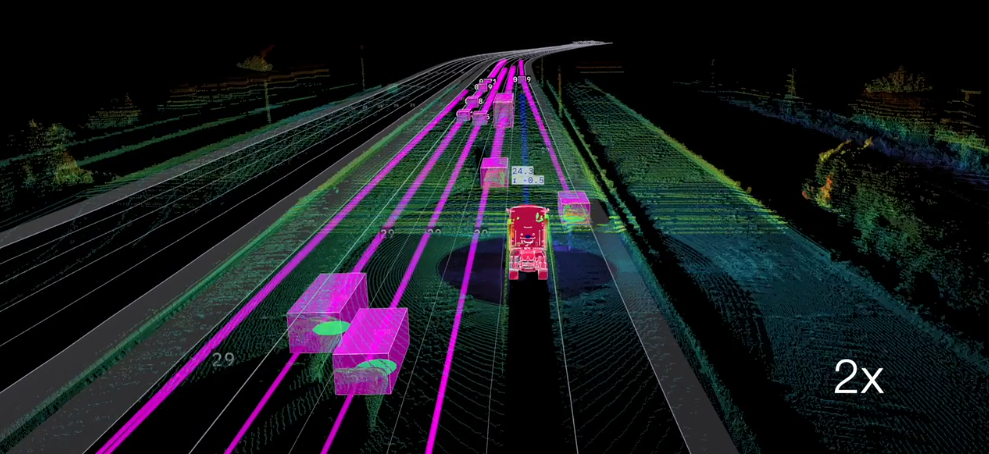
Robo Rigs: A Heavy Commitment
Autonomous semis are closer to reality than you might think.
Innovating companies like Kodiak Robotics, Aurora, Waabi & a few others have been investing billions of dollars in level 4 r&d to develop cutting edge sensors (reminder: SAE' level 4 is at the ML degree vs. level 5 being fully cognitive) & some are already hitting the roads in the southern U.S.
The consensus is that there will be a massive deployment of autonomous Class 8 trucks within a decade, once each company aligns with their respective manufacturing teams. With a general focus on high-way driving, these trucks will also have to face FMCSA scrutiny before they get the green light & be officially welcomed as "Intelligent Rigs".
Every AV startup has its own unique advantage, engineering strategies & challenges.
The cost & difficulty of continuously seeking fresh real-world data, as well as inaccurate synthetic information that doesn't seize all contextual nuances are well known drawbacks in the field.
Some companies like Torc Robotics have prior experience building robots for DARPA & have partnered with manufacturing giants like Daimler (giving them a lead in CAN bus integration & building on existing safety/redundancy systems).
However, every autonomous trucking system has its own proprietary edge in terms of code stack, lidar, ultrasonics, scalability etc. combined with their hardware & integration of the NVIDIA DRIVE platform.
Kodiak Robotics was one of the first companies to deploy their driverless operations. Their approach & focus on modular hardware, fast retrofitting & exposing their stack to hybrid testing on leased land led them to obtaining a contract hauling frac sand. They've also secured hauling commitments with companies like Ikea and Werner.

Kodiak seized the opportunity to commercially haul proppant in the Permian Basin. Working closely with Kodiak gives Atlas Energy an edge for finding solutions like customizing their trailers & improving logistics operations.

Those are early signs of progress, but that doesn't mean that 5 million+ truck drivers will lose their jobs in the near future. The adoption will be gradual and likely require a learning curve for operations managers.
You might recall a few years ago Google getting rid of Boston Dynamics and selling it to Soft Bank. To put it simply, very few engineering teams in the world have the commitment to deal with the overwhelming discipline of biological/natural mimicking.
Pittsburgh based Aurora Innovation is another front runner in the autonomous engineering space. They focus on developing robust proprietary sensor fusion systems, and have secured contracts with companies like Fedex.
Aurora's motion planning & perception systems, as well as a pledge for transparency with their Safety Case Framework, positions them strongly for gaining community trust.
Waabi is another autonomous trucking company based out of Toronto, ON, Canada. Founded in 2021, they built a unique generative AI autonomous stack.
Waabi tackled the challenges of slow pre-scene optimization by developing its own 3D reconstruction configuration and enhancing its framework with real-time weather and dynamic simulators.
They also created an advisory board of experienced drivers called 'Million Mile Driver' to provide feedback on R&D.
'Asymetric Self-Play' is a learning setup designed to train Waabi's AI using a teacher-student framework that scales its capabilities in complex scenarios.
A scalable proficiency in reconstructing quality scenes from lidar input is the cornerstone of autonomous trucking development.

